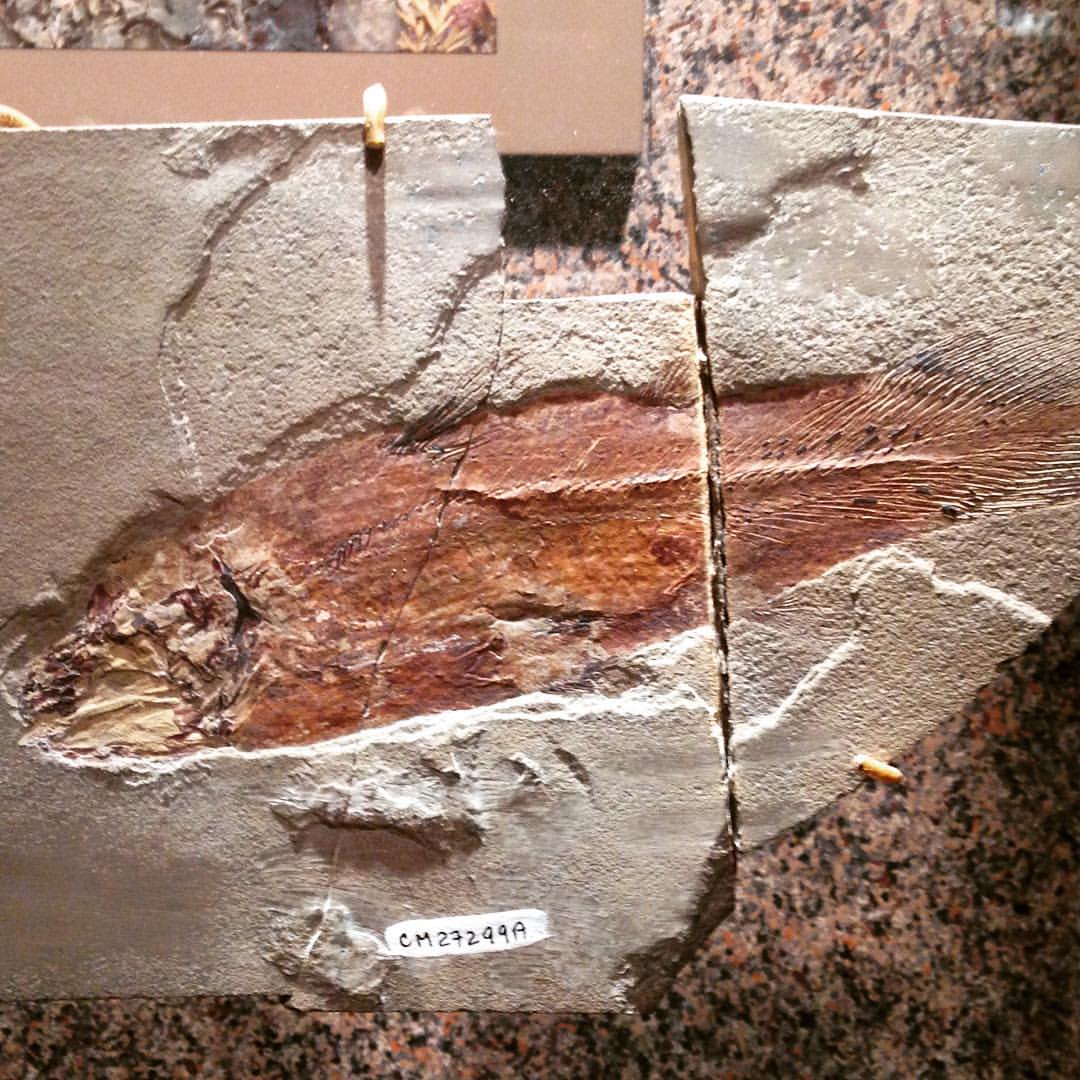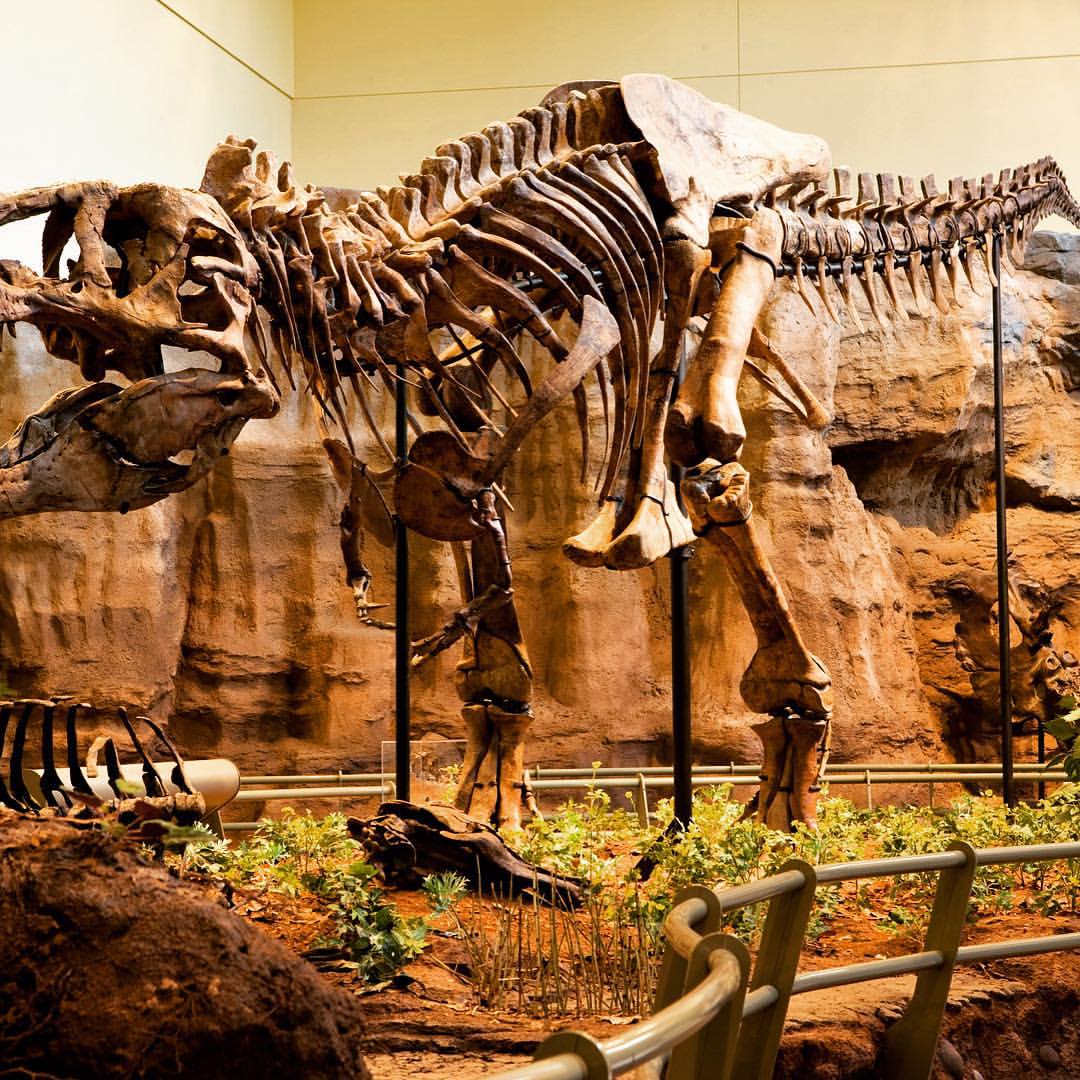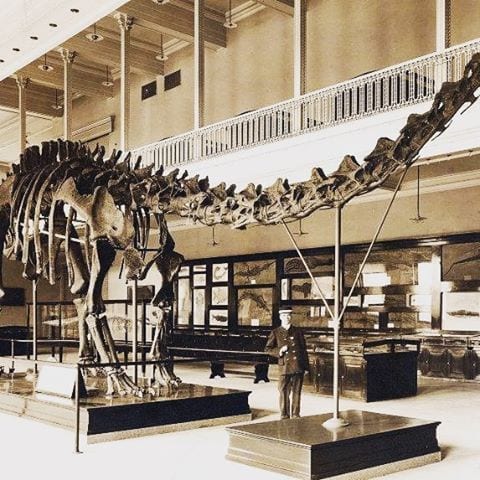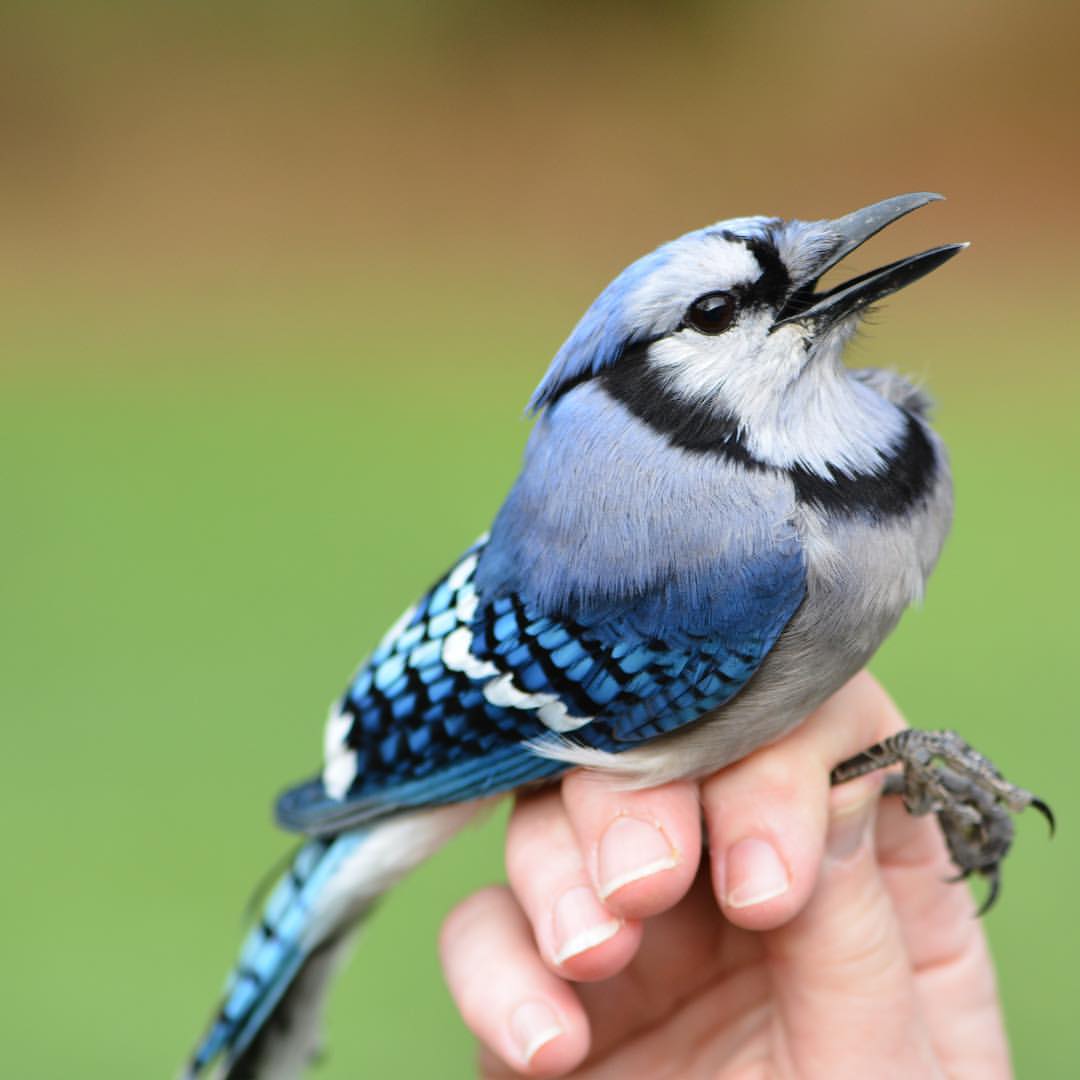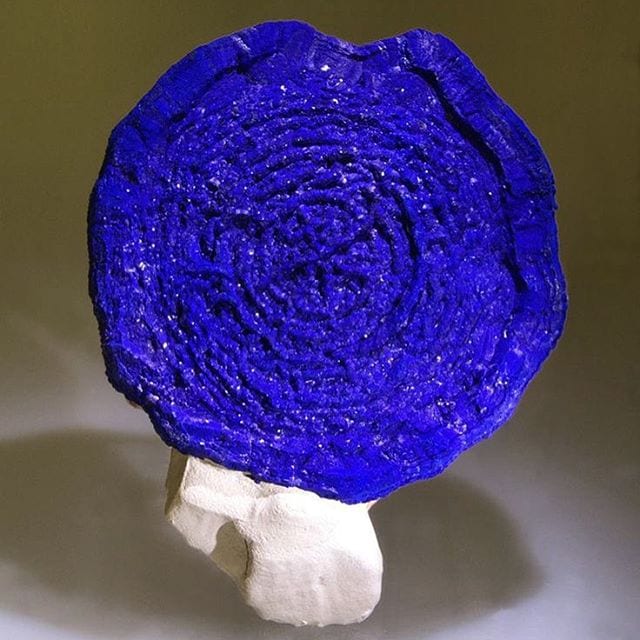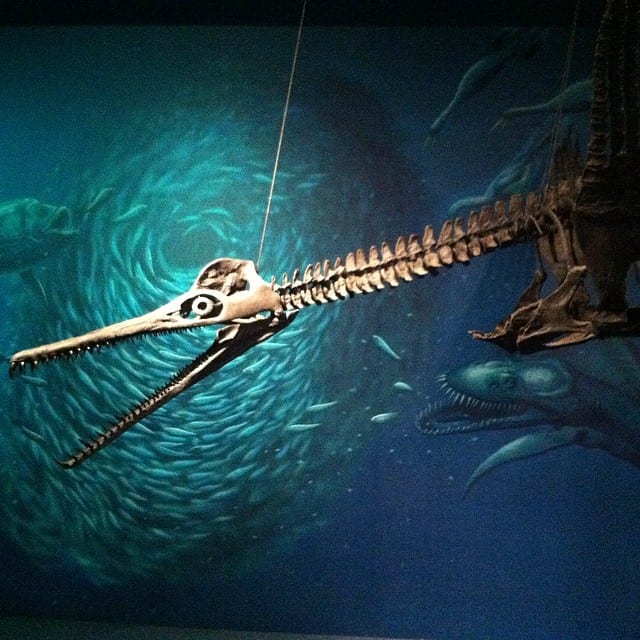
Dolichorhynchops bonneri, one of the swiftest predators in the Cretaceous seas. It used its four powerful flippers to chase down fast-moving prey. Once it caught its prey, its slender jaws and needle-like teeth did the rest. #dinosintheirtime (at Carnegie Museum of Natural History)
